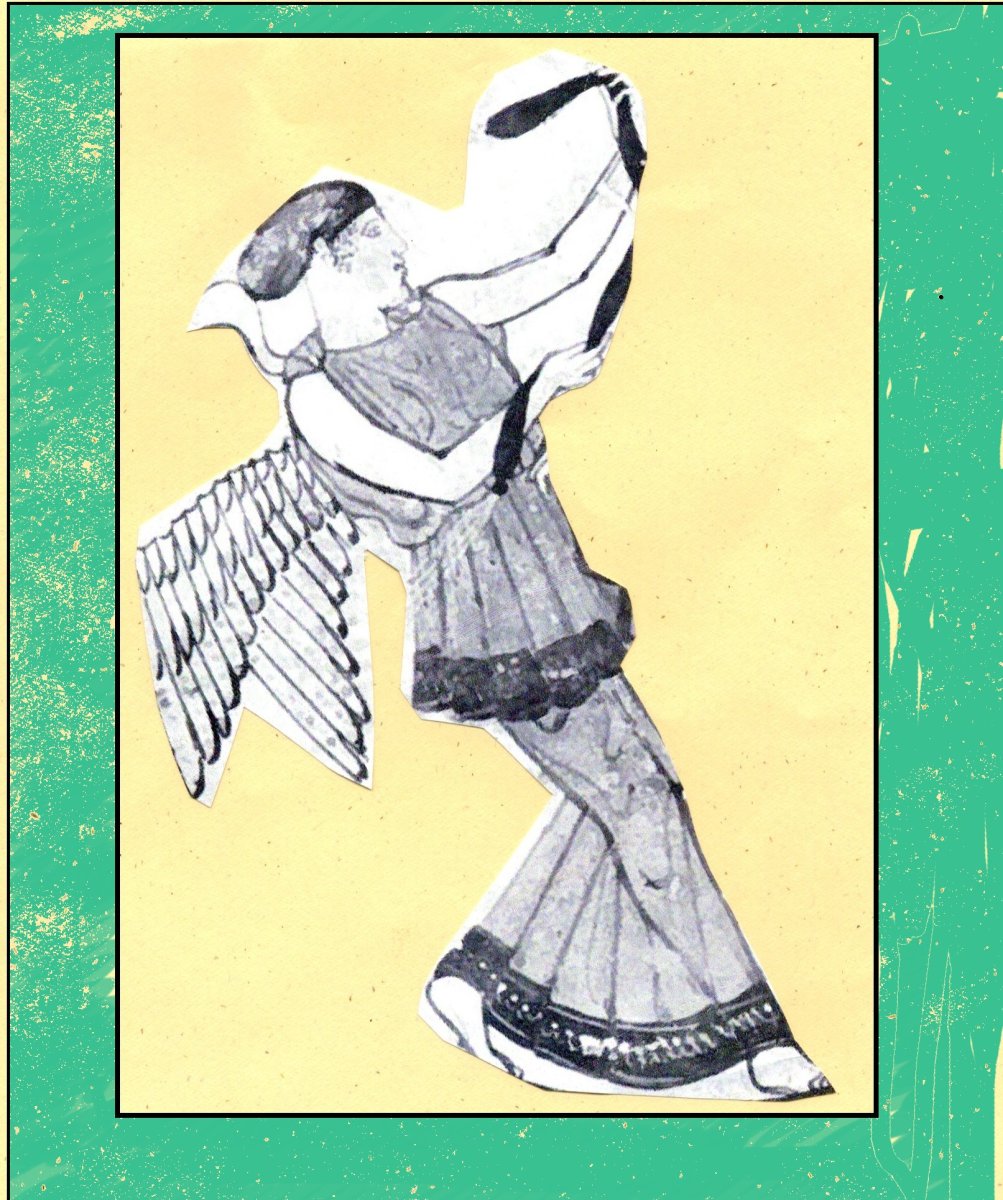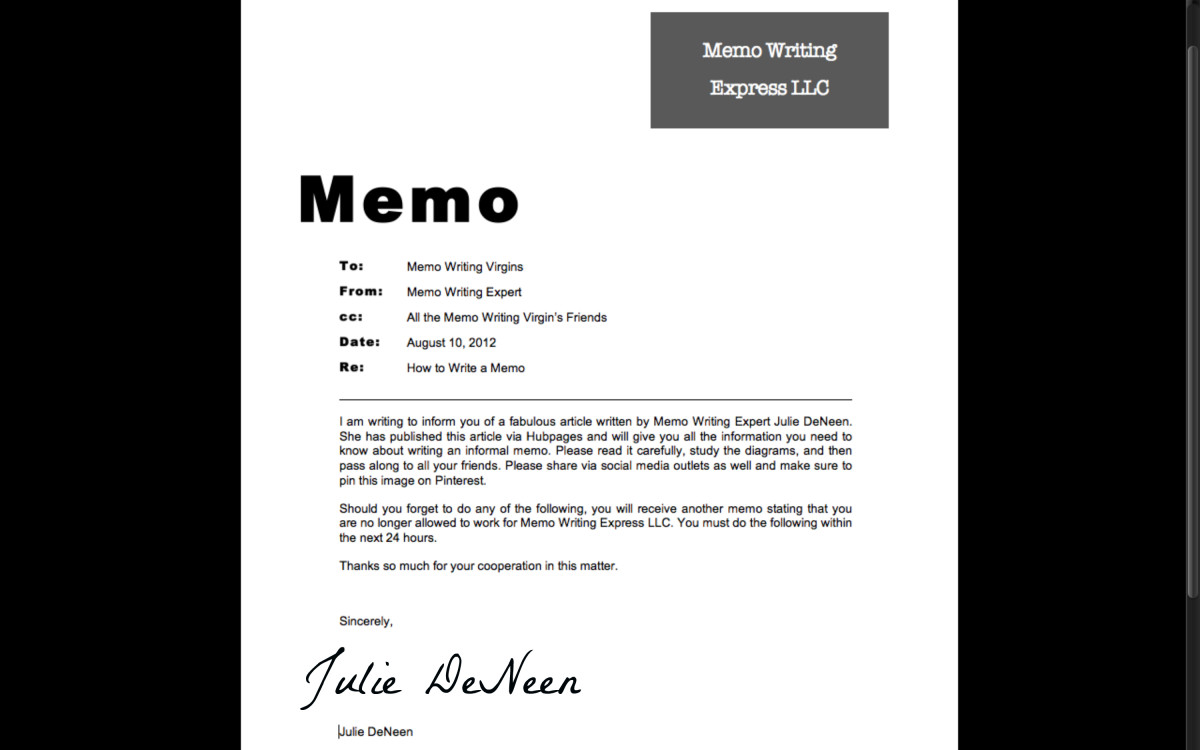The Basic Figurative Writing Categories
The Beauty of Figurative Writing
Have you ever found the dictionary to be lacking in just the right word to express your thoughts? An idea comes upon you, a beautiful, deep thought that you just must write down, but you can’t find the words to do so? You look at all the synonyms at your disposal and not one of them adequately conveys what you need?
Welcome to the world of figurative writing. Figurative writing allows the writer to move beyond literal meanings of words. It adds flair where flair is needed. It adds Technicolor where black and white simply will not do, and if you are paying attention you will notice that I just used some figurative writing.
But I can’t expect you to use these tools without first explaining to you how they are used. That just wouldn’t be kosher of me, would it? So let’s take a look at the different forms of figurative writing; let’s give you the building blocks necessary to construct your own ivory tower of writing….and yes, I just did it again. J

SIMILE
A simile says something is like something else. It is a comparison and it comes right out and says so.
He was as crazy as a mad hatter. She was clumsy like a bull in a china shop. She was beautiful like a princess.
The purpose of a simile is to give the reader something visual to compare with, a frame of reference that is familiar to them. Saying that a child is as playful as a little puppy is an image we can all relate to, and that gives the statement so much more depth than simply saying the child was playful.
METAPHOR
A metaphor calls on the reader to do a little bit more work to understand the reference. Instead of just telling the reader that something was like something else, the writer uses a metaphor to say that something is something else, and trusts that the reader is intelligent enough to draw the parallel necessary to understand the image.
Metaphors are not nearly as easy to write as similes but they are so worth the effort.
I will let Shakespeare give you an example of a metaphor. This is from “As You Like It.”
“All the world’s a stage, and all the men and women merely players. They have their exits and their entrances, and one man in his time plays many parts.”
If Shakespeare had said that all the world is like a stage it would have been a simile. See the difference?
Helpful tips from the pros

ANALOGY
Moving on to the next stage in figurative writing we find the analogy. An analogy points out several similarities between two items. Think in terms of a run-on metaphor or an extended simile. Try this one on for size:
There are plenty of fish in the sea. Some are flounders, lumbering along with a singular purpose. Some are sleek as barracudas, guided missiles honed in on a target. Some are tiny, some large, some graceful and some quite dangerous. Put on your swim fins and get back in the hunt.
The statement ‘there are plenty of fish in the sea” is usually said or written to convey that there are many people available for dating, but once we extend that phrase it becomes an analogy.
The most basic form of an analogy goes something like this: red is to green as blood is to life. Don’t try to understand that one; I just made it up to show the basic form.
PERSONIFICATION
Personification is one of my favorite figurative speech tools. With personification we give human characteristics to something that is not human. Here are a few examples:
The wind whispered softly in the night
The sun played hide and seek with the clouds.
Lightning dances across the sky.
The whole purpose of personification is to engage the imagination of the reader. In the examples listed above, most readers, dare I say all readers, would be able to see those images in their mind’s eye.
Allusions in a famous speech

METONYMY
I know, I know, this is a strange word, and chances are many of you have never heard of it, and yet you see it in writing all the time. With a metonymy, the writer is using a part of an object or idea to stand for the whole object or idea. Metonymies take one particular quality and focus attention on it, and by doing so they give attention to the entire object. Perhaps some examples will help.
The White House will announce a decision soon.
The crown has much to answer for.
The library was very helpful to the students during their field trip.
The pen is mightier than the sword.
Now you recognize it, don’t you?
HYPERBOLE
I admit it; I am the king of hyperbole. On the other hand, my wife is very literal. You can imagine the problems we have while talking to each other.
Hyperbole uses exaggeration to describe something. It is not used to deceive the reader but rather to emphasize a point. “I’m so hungry I could eat a whole cow.” Of course that would be a bit difficult, but it does draw attention to a growing growl in my stomach as I type this.
One warning when using hyperbole: the reader must be aware of the exaggeration. Otherwise you are just asking for trouble.
ALLUSION
An allusion (not an illusion) is a reference to something of the recent or distant past. They are rarely long but rather a brief association that highlights a detail. Again, a few examples might help.
There was a bit of the Tigger in him….refers, of course, to the Winnie the Pooh character and that particular type of personality.
In a world of mental midgets, he had a Paul Bunyan mind.
Again, these are handy little tools that will help the reader to associate with the thoughts being expressed by the writer. Have fun with this one; it is one of my favorites. One word of caution regarding allusions: make sure that the allusion is something your readers will understand. If I were to use an allusion from the 60’s, there is a decent chance many of my younger readers would have no clue what I was referring to, so I need to remember who I am writing to.
Join me on my writing blog
- Artistry With Words | A topnotch WordPress.com site
Helpful tips and discussions about writing.
Was this article helpful?
Now All You Need Do Is Practice
So there you have it, seven figures of speech that are certain to add spice to your writing. Practice with them the next time you write a story or article. Try inserting one occasionally to give emphasis to a particular point. I would not recommend using them too often or your writing will seem like a bad acid trip, or a trip along the Yellow Brick Road, but used sparingly they will give that extra oomph to whatever it is you are trying to express…..and if you were paying attention you will notice a few of these items sprinkled throughout this article.
As always, take what you need and leave the rest for the next reader that stumbles over this article. I’m just tossing this stuff out like a noodle against the wall, seeing if it will stick.
That’s all; I’m done with the random examples.
2013 William D. Holland (aka billybuc)
“Helping writers to spread their wings and fly.”








